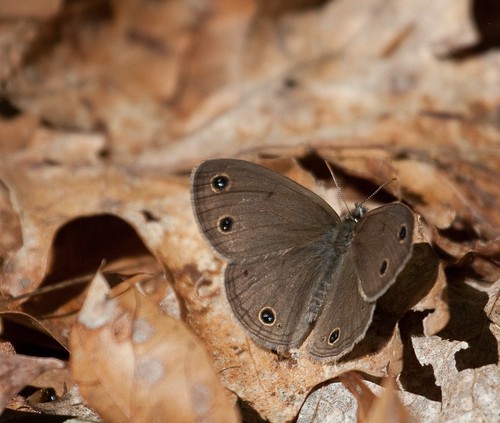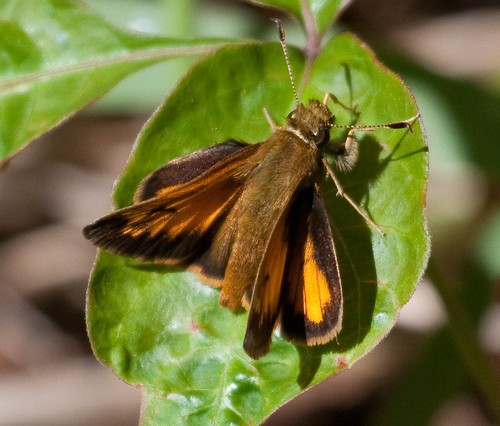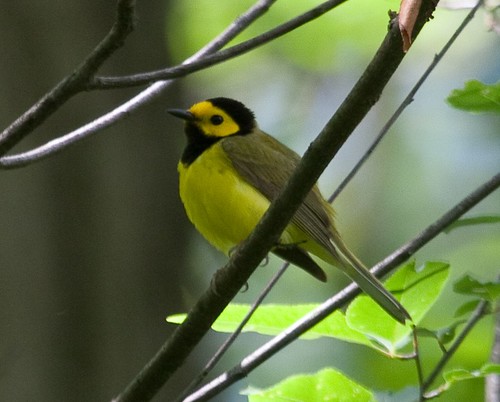Saturday was Mass Audubon’s annual birdathon. Because I lead the Sunday Mt. Auburn trip, I try to avoid going all out and decided to stick to Waltham as much as possible.
The event actually starts at 6PM Friday, so I stepped outside just after 6 to get the yard birds out of the way. The fourth bird I saw was an Osprey, only the second yard record! It circled a bit and after being slightly confused about how it was moving, I realized there was a second bird following it!
Since my mother’s taking an art class and takes the bus from Waverly, we headed to Beaver Brook early (she can walk over from there). It seemed a bit quieter than it was on Friday, but I got a few warblers including the Magnolia in the same spot. I heard what sounded like another Magnolia nearby but spent a few minutes trying to see it. That proved to be a good idea as a White-crowned Sparrow popped out of the bushes before the Magnolia did.
The next stop was the Beaver Brook Ponds, where I had the only Red-eyed Vireo, Spotted Sandpiper, and Solitary Sandpiper of the day and not much else. From here, I was dropped off at Rock Meadow and began to walk home (so much for taking it easy). The first bird out of the car was an Indigo Bunting, but after that the wind got in the way. I did have a Brown Thrasher, 2 Bobolinks, and a pair of Orchard Orioles but not much else.
Moving on to the shelter of Met State, it was fairly quiet for a few minutes but reaching the hill things got interesting. About halfway up I heard an interesting call note that I assumed was a thrush. Waiting for it to appear, I ended up with an Ovenbird and Canada Warbler (greenway tick #1). No idea if one of those made the call or not. Further on, I got a bit distracted by butterflies including my first Little Wood Satyrs of the year and a bunch of Hobomok Skippers.
The Blue-winged Warblers were quiet here, but Indigo Buntings and Rose-breasted Grosbeaks weren’t. Moving past the water tower, I heard a loud song coming from the side of the hill. It sounded a lot like a Hooded Warbler but I couldn’t find it. I decided to try from below and rushed down and around but couldn’t find it there either. Circling back up, it was still singing so I bushwhacked in a bit until I got stopped by a large raspberry patch. Fortunately that was far enough in.
After watching him for a few minutes, I moved on. The parkway was fairly quiet beyond a Killdeer, so I crossed to the West Meadow.
The marsh is still pretty battered and there wasn’t a whole lot there, so I moved through quickly. In the short stretch of woods on the other side, I was rather surprised by a singing Bobolink. No luck finding it through all the leaves though.
Moving on to Lot 1, I bushwhacked up. In the woods I found a redstart and down at the meadow, a Blue-winged Warbler finally sang. The pond had a family of Wood Ducks but not much else, so I headed home.
After a quick snack break, we headed out to pick my mother up. A quick circle of the hill at Met State failed to find the Hooded again, so it was home for lunch and then out again for the afternoon.
The first stop was Prospect Hill. Butterflies were fairly good, but other than a Pine Warbler I found very little so we moved on to the Charles. The usual birds were out and a Barn Swallow was a bonus flyover.
At home, I did a quick tally and found I was in the mid 60’s, so with a few minutes left took a quick walk to Hardy Pond for Mute Swan and Double-crested Cormorant. House Finch on the way back was the final new bird of the day.
Of course, upon sending in the list, I entered the data and immediately noticed I left the 3 shorebirds and Savannah Sparrow off, so I actually had 71 on the day. Even better than I thought. Ad with a little more effort another 5-10 species would have been gettable, so well into the 80’s should be possible.




I’m sorry we missed birdathon this year 🙁
Nice find on the Canada and Hooded Warblers!!!
And I’ve got to say, I really love your pic of the Wood Satyr – not just because of the subject but also because it is artistically very pleasing, from composition, to color, to the shallow depth of field (keeping the wings and antennae crisp while blurring the leaves)